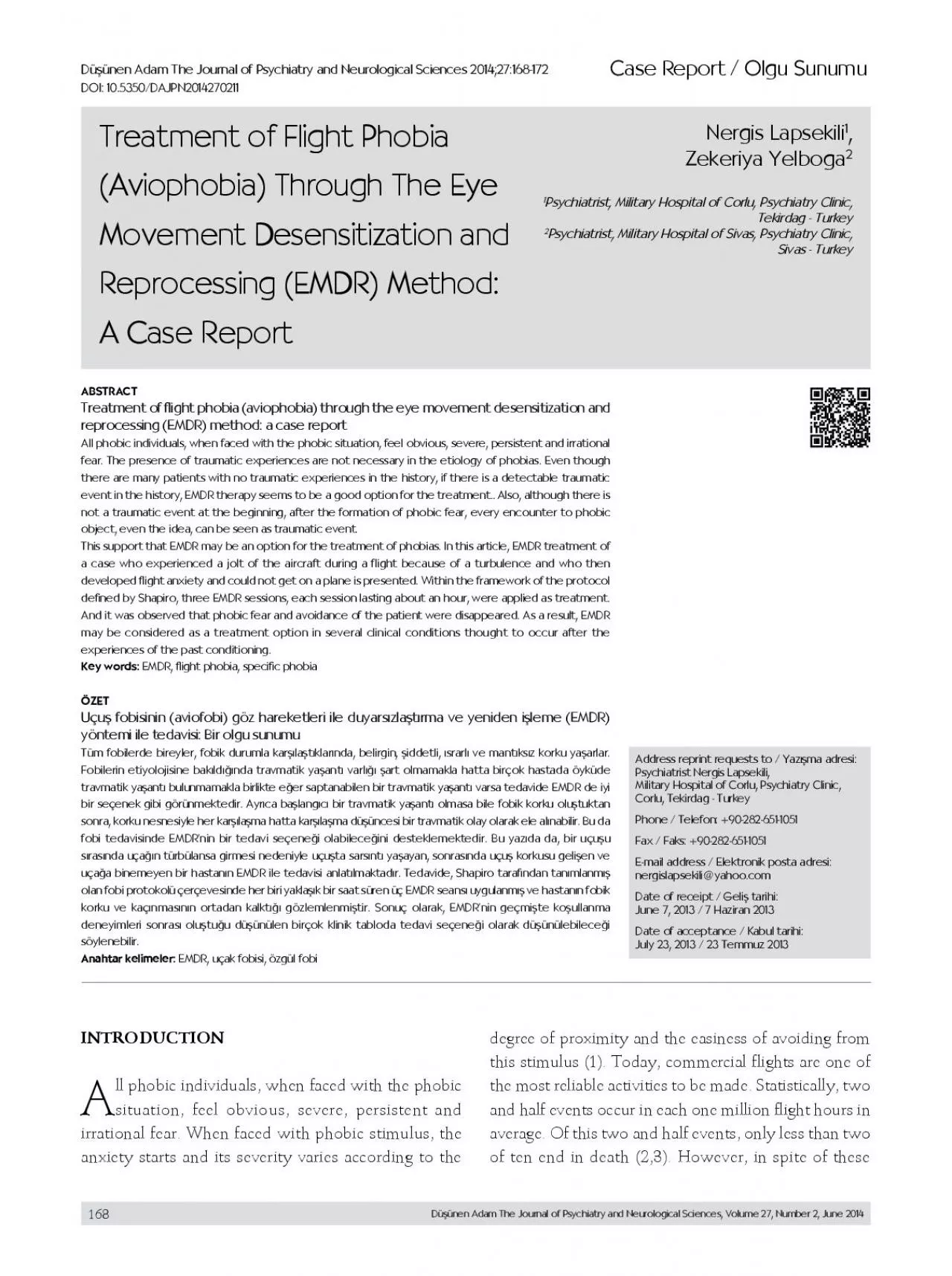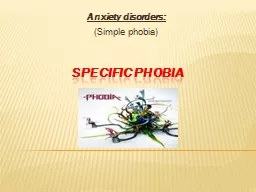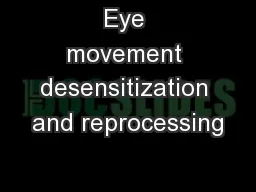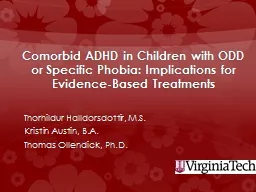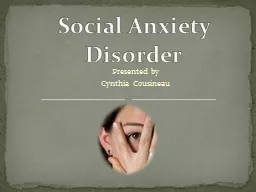PDF-Treatment of Flight Phobia Aviophobia Through The Eye Movement Desen
Author : deena | Published Date : 2022-09-21
168 Address reprint requests to Yazışma adresiMilitary Hospital of Corlu Psychiatry Clinic Phone Telefon 902826511051 Fax Faks 902826511051 Date of receipt
Presentation Embed Code
Download Presentation
Download Presentation The PPT/PDF document "Treatment of Flight Phobia Aviophobia Th..." is the property of its rightful owner. Permission is granted to download and print the materials on this website for personal, non-commercial use only, and to display it on your personal computer provided you do not modify the materials and that you retain all copyright notices contained in the materials. By downloading content from our website, you accept the terms of this agreement.
Treatment of Flight Phobia Aviophobia Through The Eye Movement Desen: Transcript
Download Rules Of Document
"Treatment of Flight Phobia Aviophobia Through The Eye Movement Desen"The content belongs to its owner. You may download and print it for personal use, without modification, and keep all copyright notices. By downloading, you agree to these terms.
Related Documents

